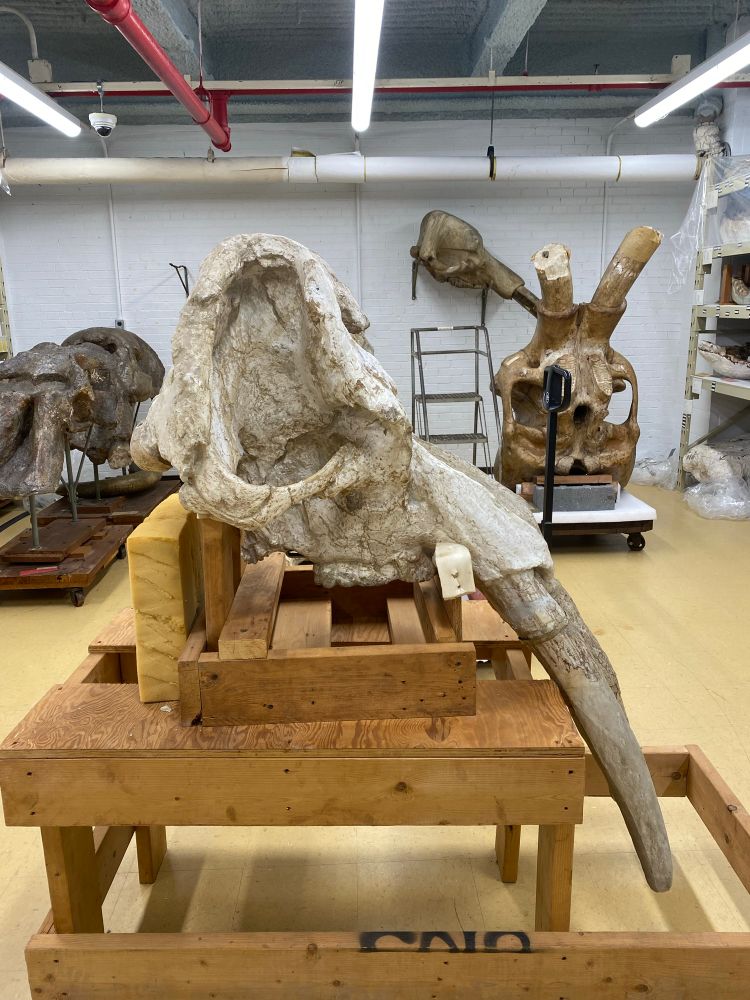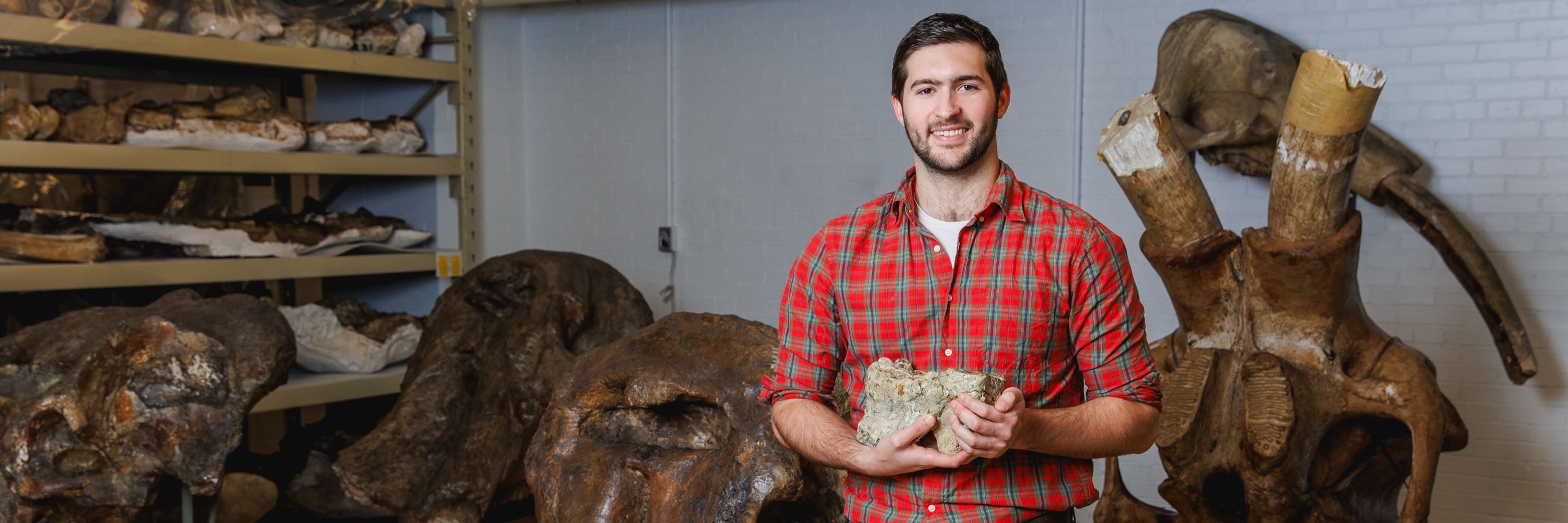
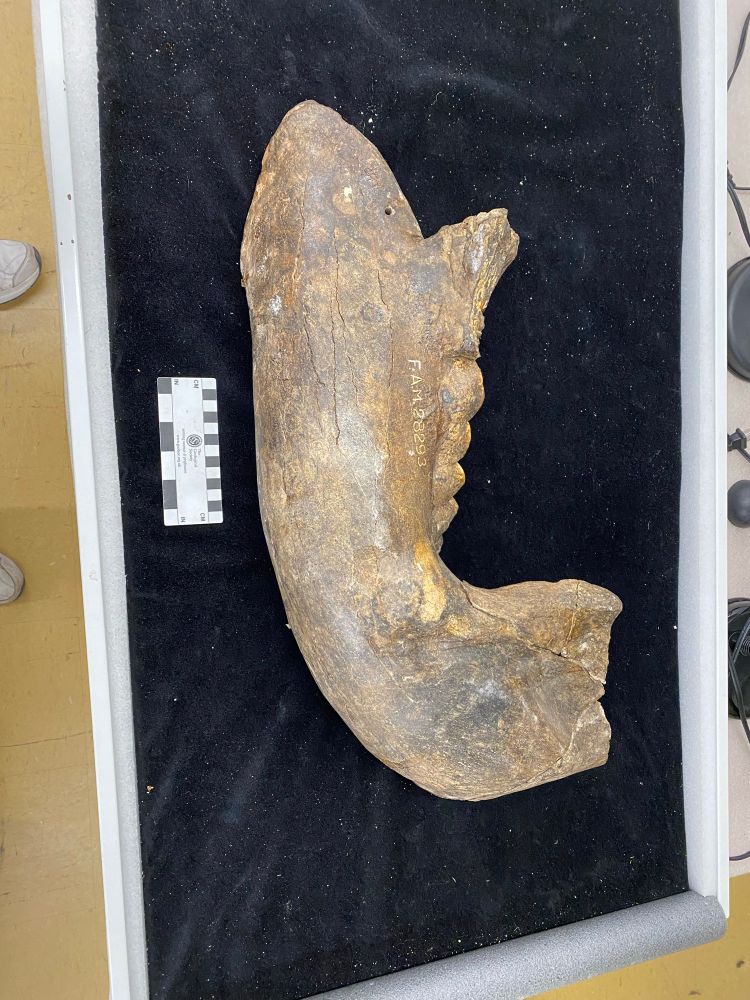


#fossilfriday #smithsonian #nationalmuseumofnaturalhistory #elephant #fossil #prehistoricarizona #paleontology

#fossilfriday #smithsonian #nationalmuseumofnaturalhistory #elephant #fossil #prehistoricarizona #paleontology
#fossilfriday #palaeontology #paleontology #mastodon #fossils #mammals #alberta
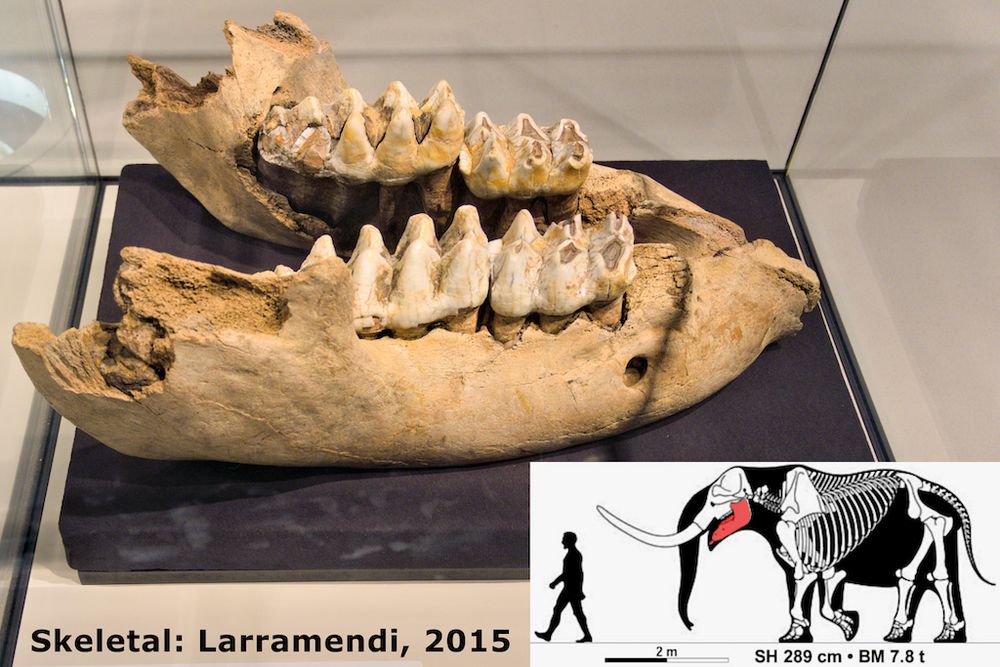
#fossilfriday #palaeontology #paleontology #mastodon #fossils #mammals #alberta
This painting features as a 4ft mural hung in the Copper Canyon Visitor Center in southern Cali.

This painting features as a 4ft mural hung in the Copper Canyon Visitor Center in southern Cali.
Repeated climate-driven dispersal and speciation in peripheral populations of Pleistocene mastodons | Science Advances www.science.org/doi/10.1126/...

Repeated climate-driven dispersal and speciation in peripheral populations of Pleistocene mastodons | Science Advances www.science.org/doi/10.1126/...


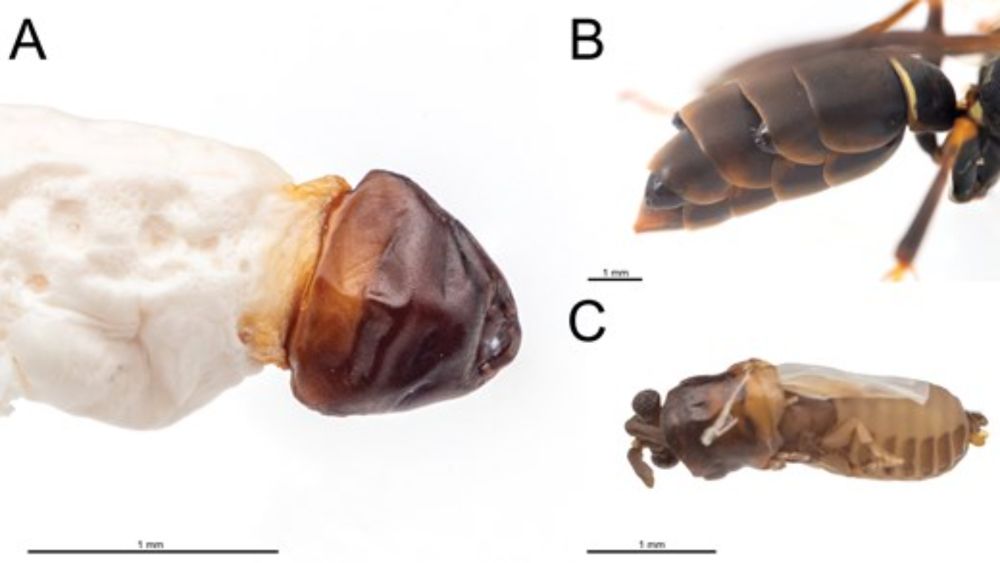

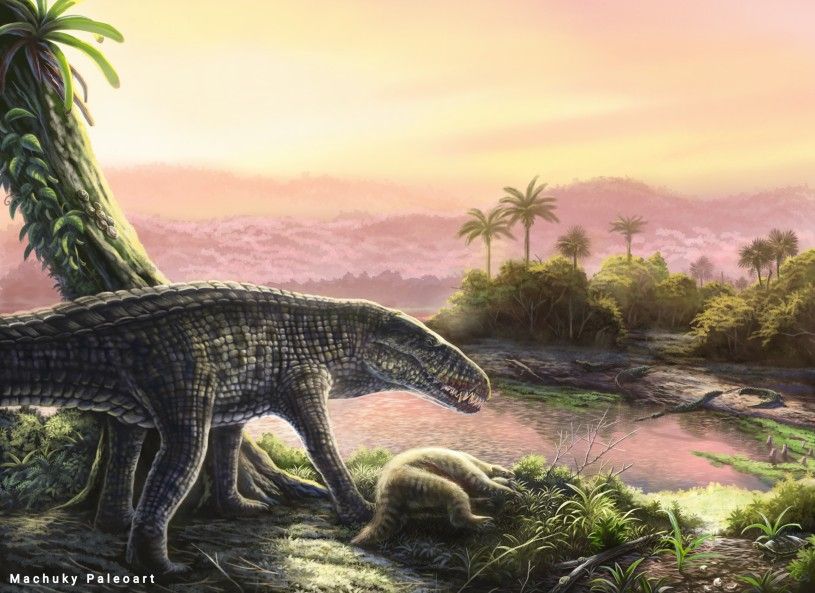



1/3
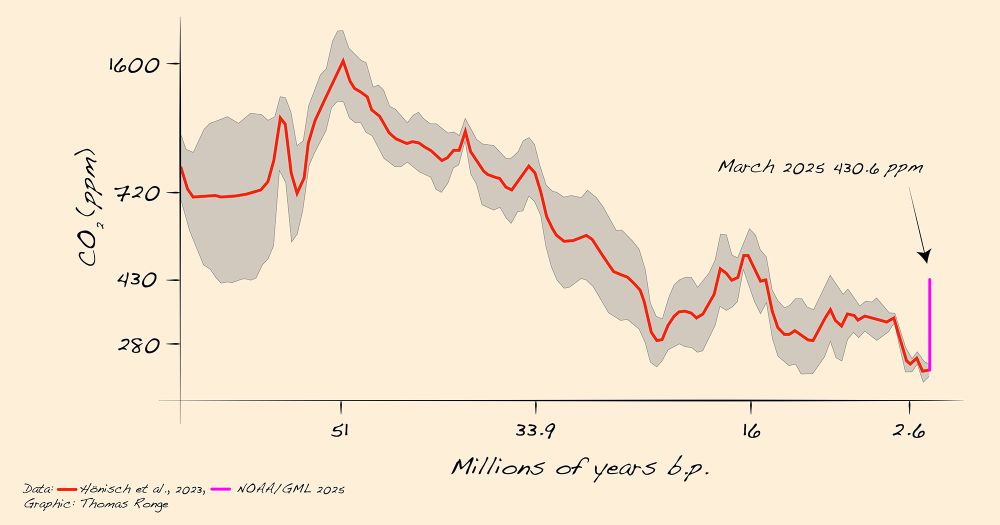
1/3


